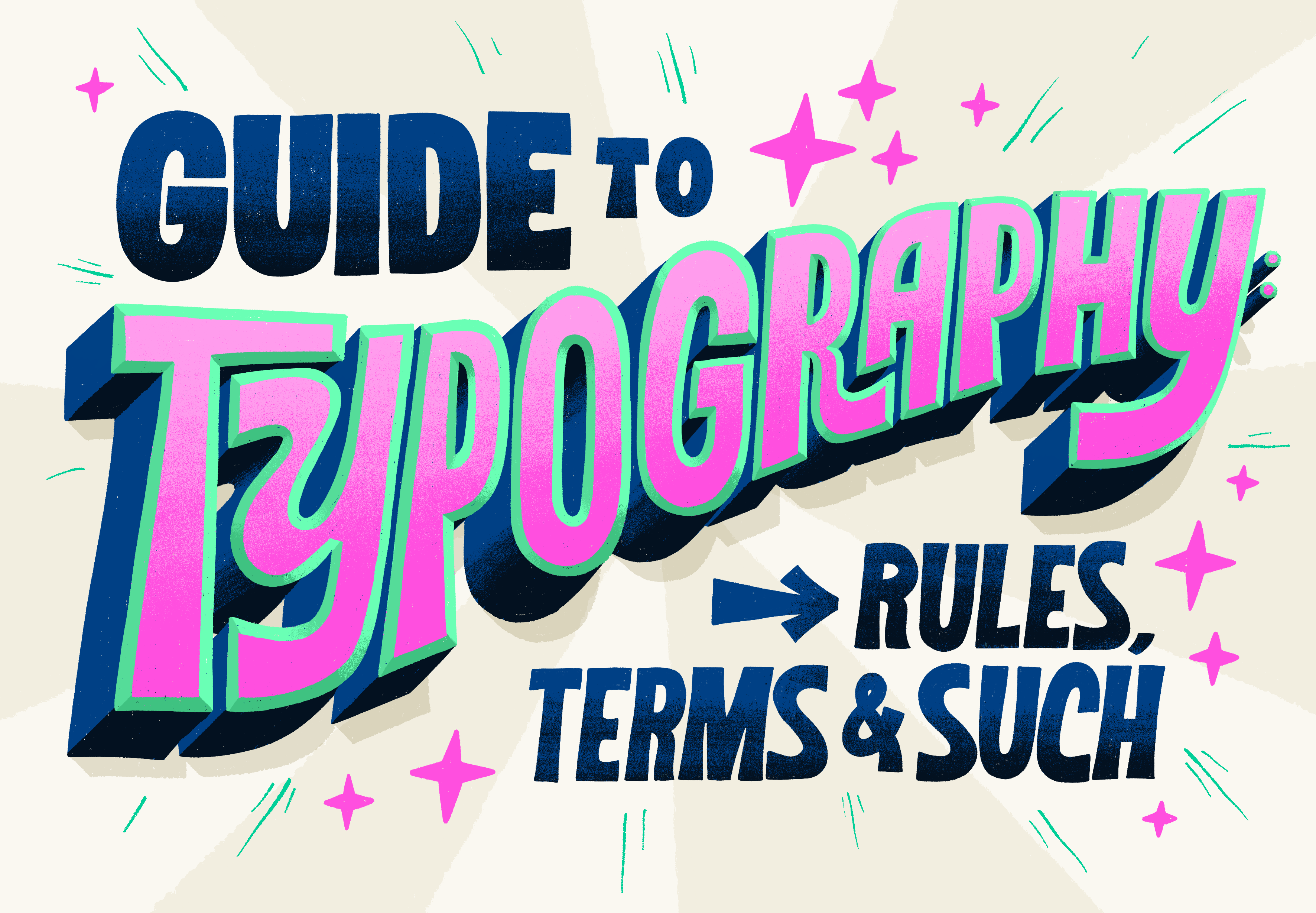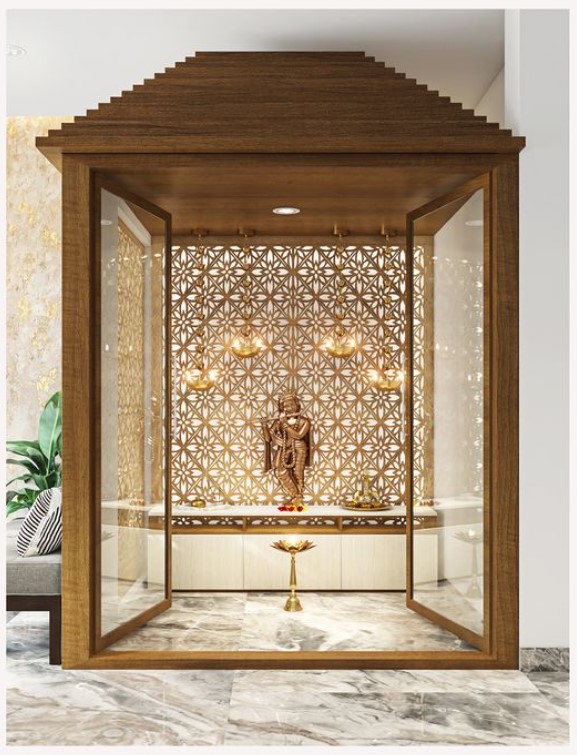Table Of Content
Additionally, CSS uses “font family” as synonym for typeface and then size and weight as attributes. The various levels of weight include extra light, normal, medium, semibold, bold, extra bold, and ultra black. In more traditional design or training, it is understood that just as an album is full of songs or photographs, a typeface is full of fonts. Typography is a great visual element to impact viewers and create a better impression for your brand. This is why billboards design, banners, and other ad materials use large bold typography so even people in cars can read the text. There are premium fonts used to give the brand or product name a premium look.
The Main Kinds of Typeface
And, at the big-picture level, effective use of whitespace helps to create a clean, clutter-free, aesthetically pleasing design. You need sufficient spacing between individual words, between each line of text, and between paragraphs. This tells the reader which groups of text belong together, and also ensures that text is easy to read. Similarly, whenever you’re including long chunks of text, you’ll want to follow the same alignment.
Omar Mobarek's typography for work-out programme Fit Like Malak is inspired by body forms - It's Nice That
Omar Mobarek's typography for work-out programme Fit Like Malak is inspired by body forms.
Posted: Thu, 31 Aug 2023 07:00:00 GMT [source]
Typography reflects professionalism
Each line of text has factors that affect how the letters appear on a page. Business reports are often structured with these even margins, which many people recognize as a high-end professional appearance. See the list of typography terms below to see a more thorough list and explanation.
What is Typography? The Beginner’s Guide to Everything Typography
Typography in graphic design is the art and technique of arranging type to make written language not just readable, but visually compelling. Effective use of typography can guide users' attention and create a clear visual hierarchy within a design. By varying font size, weight, and color, designers can emphasize important information and lead users through the content logically and intuitively. In your final year of study, you will concentrate on solving visual communication problems to a professional standard and develop an individual portfolio. This allows you to develop a rich and diverse portfolio of work, and prepares you for a future career in the industry. A perfect example of this is the difference between serif and sans serif.
Feeling inspired to create a custom typeface?
They are built on geometric forms (the letter O is a perfect circle) and the peaks of letters like A or N are sharp and strong. Movable type was invented in the early 15th century thanks to Johannes Gutenberg, and revolutionized typography by allowing the mass production of printed materials. Yet even before printing techniques existed, people were still determined to create books or type-based posters.
However, the selection of fonts should be mindful of avoiding negative cultural connotations or overused fonts that may reflect poorly on the brand’s professionalism. Engaging with experienced brand designers for font selection can result in typography that resonates with the target audience and aligns with the brand. Aligning typography with brand identity can be compared to selecting appropriate attire for a specific event. Choosing a typeface that reflects the brand’s intended tone and values is essential to conveying the appropriate brand representation. A consistent typographic style across a brand’s materials, including website pages and elements, reinforces the brand identity and aids in recognition.
It’s also essential to choose typefaces and fonts that will be legible in the given context. For example, script typefaces are fine for one or two words (such as a headline or a logo), but sans-serif typefaces are more appropriate for large chunks of body text. In graphic design, different elements are arranged to create a visual hierarchy—with more important features given more visual emphasis and prominence. Hierarchy also applies to typography, with each piece of text styled based on its importance. This multi-disciplinary approach enables you to find your creative voice and find your place within the dynamic landscape of contemporary graphic design.
Learn from the great Paula Scher with BBC Maestro's new graphic design course - It's Nice That
Learn from the great Paula Scher with BBC Maestro's new graphic design course.
Posted: Mon, 30 Oct 2023 07:00:00 GMT [source]
At Shillington, we teach the basics of typography and typesetting because it’s a driving force in all forms of visual communication. Read on to learn more about the history of typography, typography rules to follow, and a go-to list of typography terms. Typography can invoke a feeling, remind you of a certain brand, or create an atmosphere.
Online Tutorials and Courses
Often, designers will test this by viewing the text in greyscale (without color) and making tweaks if the text is too dark or too light against the background color. This is where designers can really get creative and elevate the interface to a new level. When conveying information, it’s essential to stick to the same font style so your readers instantly understand what they’re reading and begin to notice a pattern. Much like hierarchy, contrast helps to convey which ideas or messages you want to emphasize to your readers. Put simply, a typeface is a family of related fonts, while fonts refer to the weights, widths, and styles that constitute a typeface. To get started in typography, you first need to get to grips with the eight essential typographical design elements.
A solid foundational book will introduce you to the anatomy of type, the different type families, and the principles of good typeface selection. It will also cover the importance of legibility and readability, ensuring that your designs communicate effectively. Such a book is an invaluable resource, serving as a reference guide you'll return to time and again as you refine your skills and develop your unique style. If two pairs of fonts have to be used together they are chosen with characters having similar x-height. A Point system is used by graphic designers to measure a typeface. Here, 12 points equal one pica and one point is equal to 1/72 of an inch.

In most cases one will apply positive tracking rather than negative, in order to create a more open and airy composition. When working with type and arranging paragraphs on a page we need to pay attention to a few factors and make sure the thing we’re designing will be legible and clear. Except of course, if you’re creating some abstract, experimental typographic poster, aiming for total chaos and anarchy. Make sure there’s sufficient colour contrast between the text and the background it's on. At the same time, you can create contrast through different typeface pairings.
Classic The New York Times’ masthead and the hidden arrow in the FedEx logo, it is all about branding. OFFEO gives you a platform to create spellbinding designs for your viewers. Without any formal training, you can create irresistible designs for viewers. Every single day we are constantly reading, whether it be on our phones, in books, on websites, shops, hoardings, posters etc, that means literally everywhere. If you are looking for a digital typography, hand-lettering, and calligraphy tool, Vectornator should be your go-to.
This will all be underpinned by looking in detail at current designers, asking questions about what is coming next. Throughout this module, you will be encouraged to use conceptual creative thinking when exploring the possibilities of typography. There might be some very beautiful fonts that are appealing to you, but if they are not readable, beauty is of no use. For example, the above font in the image is a playful font family.
The spacers they used were made of lead and so adding the space became known as leading. But that sort of typography wouldn’t suit a brand like Wabimento, a funeral services provider catering to people grieving the loss of a loved one. Personality is a big part of the design elements representing a brand’s identity. The colors and typefaces of the words on Vlow’s website communicate the brand’s fun, hip personality. One thing that many designers often overlook is choosing typefaces that are web browser-friendly. A typeface is a design style that comprises a myriad of characters of varying sizes and weight, whereas a font is a graphical representation of a text character.
All the components of typography discussed here contribute to emotions and feelings attached to specific typefaces. Most designers, whether print or web, understand which are the more common typefaces and which have a bit more edge. They are fluent in which choice will signal the same old, same old, and which will show that a print piece or web site is going to stand out, change the norm and reach the mind in a new way. The main point of choosing a certain typeface is to provide aesthetics—sometimes the type is easy to read and sometimes used for more of a design purpose. Some digital companies use the term interchangeably and programs such as Microsoft Word allow users to pick a font and adjust size and weight, combining the two definitions. But for the sake of clarity, typefaces are designed by typographers or type designers, while fonts are variations within typeface families.
With so many different typefaces and fonts, it's easy to forget that each one is suited to a specific end use, and designers should choose from them carefully. Are you interested in becoming a graphic designer but don't know where to start? Responsive web design keeps designers from exceeding this limit and keep things easy to read. When text extends completely across the screen, it may look too comprehensive. Under 40 characters per line can look weak and too narrow, giving it the appearance of “fluff content” when the intent may have been to present an informative blog or article.

No comments:
Post a Comment